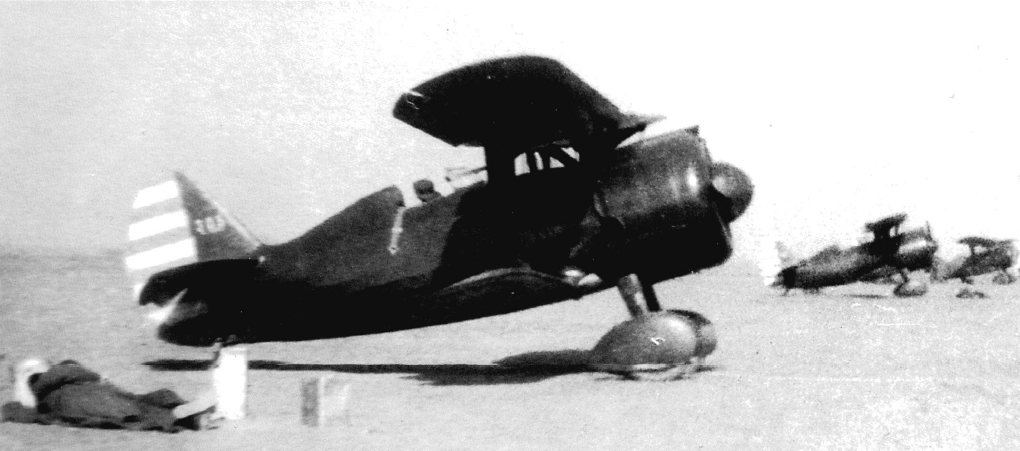
Upon the outbreak of the Second Sino-Japanese War on July 7th of 1937, the Chinese found themselves woefully unprepared to face the much better equipped and trained Japanese. Facing the Japanese at Shanghai, the Guomindang government sought assistance from foreign nations for their war of resistance. The Soviet Union, though formerly on poor terms with the Nationalists, were one of the first nations to offer aid to China. With the ratification of the Sino-Soviet Non-Aggression Pact on August 21st, a secret operation known as “Operation Zet” commenced, which saw the transfer of tanks, aircraft, munitions, advisors, volunteer pilots, et cetera en masse. One of the most notable aircraft types transferred to China was the famous Polikarpov I-15bis biplane fighter, of which 289 examples were delivered between 1938 and 1941. These fighters (designated the “E-15” by the Chinese) unequivocally aided China in their war effort, allowing for a higher degree of competitiveness against the Japanese. In order to become more self-sufficient in obtaining combat-worthy aircraft, and to reduce the reliance on the Soviets for weaponry, the 1st Air Force Aircraft Manufacturing Factory (1st AFAMF) decided to modify and indigenously produce the I-15bis.
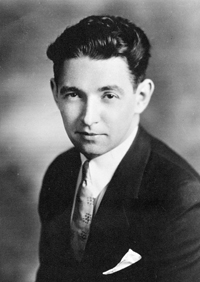
In August of 1939, Russian-American émigré Constantine L. Zakhartchenko, who at the time worked for the 1st AFAMF as the deputy chief engineer, began working on a modified I-15bis design which would be designated the Zhong 28 Yi fighter /「忠28乙式 驅逐機 」. It possessed many distinct features which would set it apart from the I-15bis. For one, the Soviet 9-cylinder Shvetsov M-25 radial engine was replaced by the American 9-cylinder Wright R-1820-F53 Cyclone radial engine. Curiously, the Shvetsov M-25 engines were actually licensed produced Wright Cyclones. The use of the American Wright Cyclone engine supposedly allowed the Zhong 28 Yi to have a maximum speed of 230 mph / 370 km/h, slightly faster than the I-15bis’ top speed of 226 mph / 364 km/h. The engine cowl was also shortened, and had a modified engine exhaust at the bottom. The two-bladed propeller on the I-15bis design was also replaced by a three-bladed propeller taken from stock of spare Curtiss Hawk III fighter parts. As for the airframe, an additional strut was put in between the wings. Flaps were also implemented on the lower wings. The rear of the fuselage became a straight edge, and the lower portion of the rudder was less rounded. Lastly, the I-15bis’ tail skid was replaced by a fixed wheel. Armament wise, the most common claim is that the plane was armed with four .30 cal / 7.62mm machine guns, though whether they were of Soviet, American, or other origin is unclear. As for specific dimensions, the Zhong 28 Yi was marginally larger than the I-15bis (see table below). The design of the Zhong 28 Yi was completed at the end of 1939 and was to be mass produced. According to a document dated August 4th of 1940, sufficient materials for the production of one hundred Zhong 28 Yi fighters were ordered, and the corresponding aircraft were planned to be produced by the 1st AFAMF. However due to shortages of said materials, production was halted until 1941. By then, the designers had successfully completed the Zhong 28 Yi design using substituted materials for construction. A prototype was completed in November of the same year, and after having passed flight tests successfully, the Zhong 28 Yi was given the go-ahead for production. However, by the end of 1941, it can be agreed that the Zhong 28 Yi design (along with the older I-15bis and I-16 designs) were made obsolete by the introduction of Japan’s Mitsubishi A6M Zero fighter. Nonetheless, production commenced. A total of twelve units were produced in 1942, followed by thirteen in 1943 and six in 1944. Some sources however, state the production concluded in 1943, still giving the total production figure of thirty.
As mentioned previously, the Zhong 28 Yi would have already been quite obsolete in 1941. If it was to be fielded in front-line combat in 1943 or 1944, it would have objectively been terribly outclassed by modern Japanese fighters. Still, it is possible that they saw combat, though operating as an advanced trainer would be far more logical and safe for the pilots. Footage from the British Pathé shows the Zhong 28 Yi operating in a unit along with other biplanes, though the date and location is unknown. One particularly questionable claim is that the Zhong 28 Yi partook in combat during the Battle of Wuhan, downing twelve Japanese fighters with only two losses. However, the Battle of Wuhan occurred in 1938, a year before the Zhong 28 Yi design was supposedly completed and contradicts the majority of other sources.
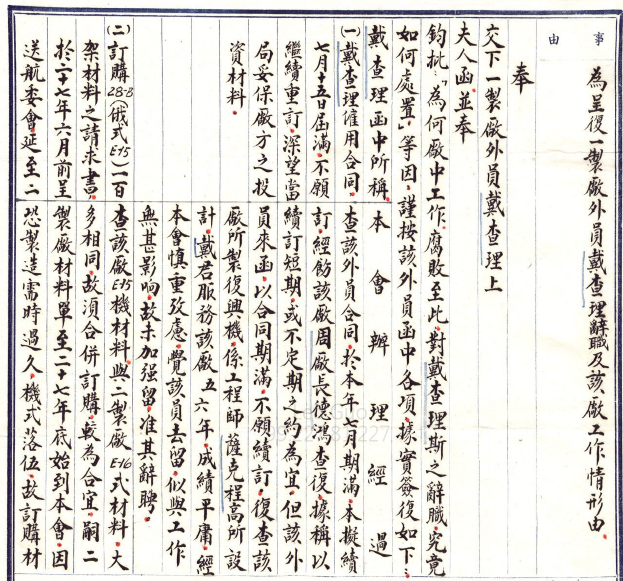
No examples of the Zhong 28 Yi seem to have survived the war, and very few photographic images or videos of the fighter are known of. The 1st AFAMF Zhong 28 Yi can be regarded as one of China’s earliest attempts during the Second Sino-Japanese War to become more self-sufficient, producing competitive fighters which would otherwise have to be purchased or donated by foreign nations. Although modifying and planning to produce the I-15 indigenously, it is evident that the aircraft industry of China still relied on foreign support to a massive degree, seeing that supply shortages prevented the commencement of production for nearly two years. Unfortunately, like many aircraft that originate from China during the Second World War, very little information exists which would allow for a comprehensive analysis of the Zhong 28 Yi’s design, production, and combat history.
| 1st AFAMF Zhong 28 Yi Dimensions | |
| Wingspan | 33.5 ft / 10.2 m |
| Length | 20.6 ft / 6.27 m |
| Height | 10.1 ft / 3.07 m |
| Empty Weight | Unknown |
| Total Weight | 4,054 lb / 1,839 kg |
| Powerplant | 1x 9-cylinder Wright R-1820-F53 radial engine (745 hp) |
| Maximum Speed | 230 mph / 370 km/h |
| Climb Speed | 2,705 ft / 824 m per minute |
| Taken from 行政院新聞局 . 我國怎樣自造飛機. 行政院新聞局印行, 1947. |
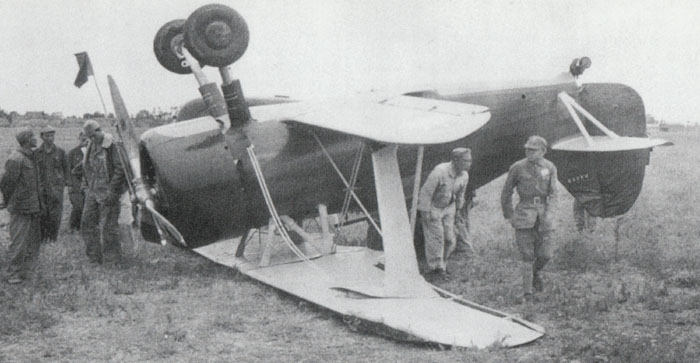
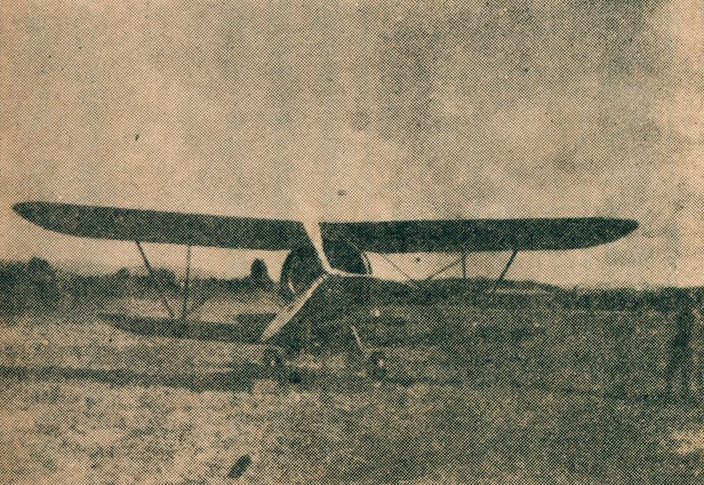

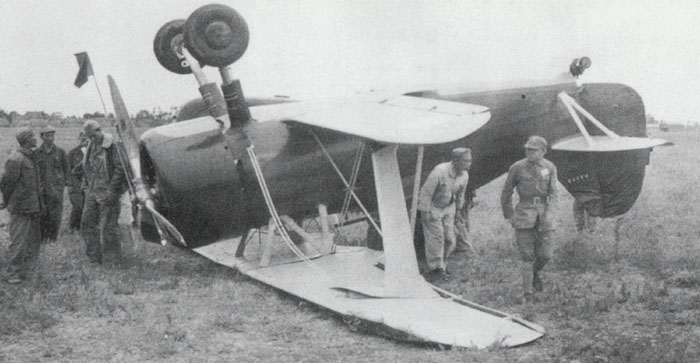
This is a very well-written article about an interesting, if obsolete, aircraft. Nice job!
Great content! Super high-quality! Keep it up! 🙂
https://gkjlai.pixnet.net/blog/post/393666077
Awesome post. I’m a regular visitor of your blog and appreciate you taking the time to maintain the nice site. I will be a regular visitor for a long time.